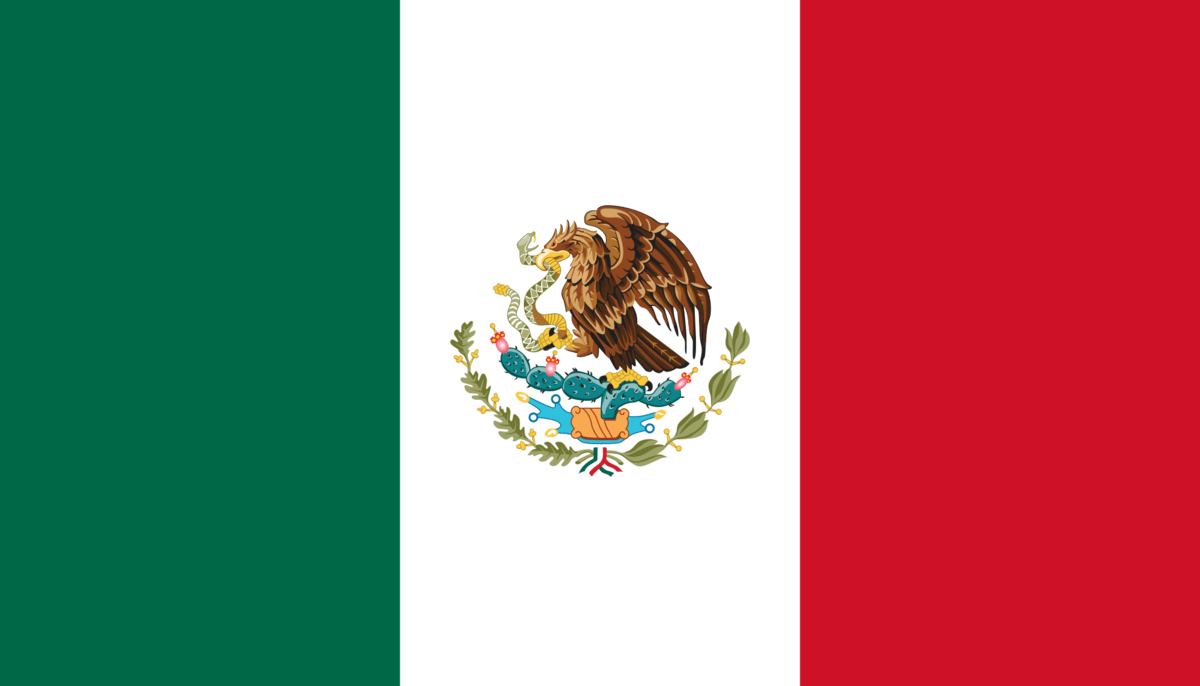Today we will learn how to use ordinal numbers and what functions they have in Spanish sentences. Let’s get started!
What are ordinal numbers for?
An ordinal number, or ordinal, indicates the specific position of an element within an organized sequence. In the following table, you can see the most common ordinal numbers in Spanish and their English equivalents:
| Ordinals in Spanish | English Equivalents |
| primero (m) or primer before a masculine noun, primera (f) | first |
| segundo (m), segunda (f) | second |
| tercero (m) or tercer before a masculine noun, tercera (f) | third |
| cuarto (m), cuarta (f) | fourth |
| quinto (m), quinta (f) | fifth |
| sexto (m), sexta (f) | sixth |
| séptimo (m), séptima (f) | seventh |
| octavo (m), octava (f) | eighth |
| noveno (m), novena (f) | ninth |
| décimo (m), décima (f) | tenth |
Now, let’s take a look at this example:
Tip: Click on any of the linked sentences in this article (while on a mobile) to add them directly to your Fluent Forever app, so you can study them later. Don’t have our app yet? Download it here!
- Este es el cuarto hospital que visita la paciente. (This is the fourth hospital that the patient has visited.)
The patient has been to four hospitals and this sentence talks about the fourth one in the sequence. If we wanted to just mention the number of hospitals, we would use a cardinal number to say La paciente ha visitado cuatro hospitales (The patient has visited four hospitals.)
Ordinals up to décimo (tenth) are the most commonly used in the Spanish language. Any numbers beyond that rarely come up. Some contexts where you would use bigger ordinals include talking about an anniversary, for example Mis padres están celebrando su trigésimo aniversario de bodas. (My parents are celebrating their thirtieth wedding anniversary.)
Ordinals reflect noun gender
Unlike cardinal numbers, ordinals in Spanish vary in gender. This is because they often function as adjectives in a sentence, where they appear before a noun. They therefore take on the same gender of the element they are referring to or describing.
- La tercera bebida que tomé fue definitivamente la más fresca. (The third beverage I had was definitely the coolest.)

Image by PublicDomainPictures from Pixabay
- Cuando tenía 10 años, mis padres remodelaron mi segundo cuarto. (When I was ten, my parents renovated my second room.)
In these examples, we can see that the first ordinal tercera is feminine because bebida is also feminine. In the second sentence, the masculine ordinal segundo refers to cuarto, a masculine noun. An important spelling difference occurs with primero and tercero, which become primer and tercer when they appear before a masculine noun.
Note: The polysemous word cuarto can refer to the ordinal number “fourth” or a bedroom. In the above sentence, it means the latter.
How to form plural ordinal numbers
When ordinal numbers refer to plural elements, they also take an -s at the end. This is because they reflect the number as well as the gender of the noun they precede.
- En la película participaban en los terceros Juegos del Hambre. (In the movie, they participated in the third Hunger Games.)
- Las primeras televisiones tenían pantallas de 14 pulgadas, pero hoy suelen ser mucho más anchas y grandes. (The first televisions had 14-inch screens, but nowadays they tend to be a lot wider and bigger.)
Here, the ordinals terceros and primeras have an -s at the end because they are plural, just like the nouns they refer to, Juegos and pulgadas.
Now you’re ready to use the ordinal numbers in your Spanish conversations!
Written by Isabel Matos





